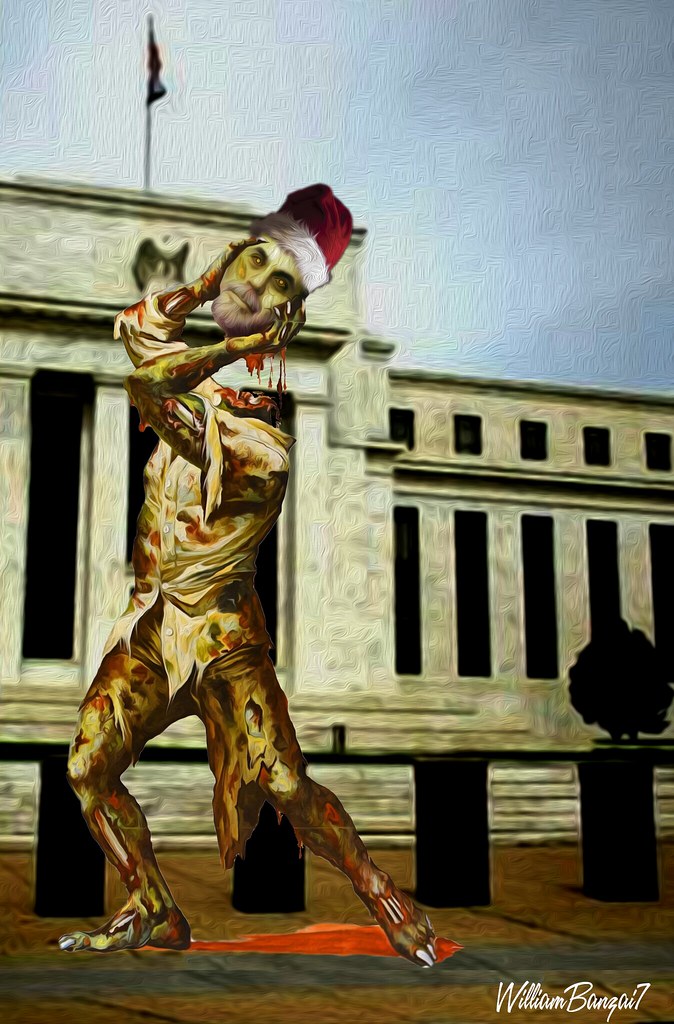
Officials in the nation’s capital seem to believe that not
enough gun-owning city residents have told them to get stuffed;
they want already registered gun owners to register again, and
again, every couple of years. It’s an effort guaranteed to turn
some of the compliant into instant criminals, and to guarantee that
nobody will ever have a handle on just who is armed.
The new rule hasn’t yet been added to the online repository of
D.C. Municipal Regulations, but you can read
it in its proposed form along with a handy summary. The key
passage says:
2326.1 Pursuant to § 207a of the Act, a registration certificate
shall expire three (3) years after the date of issuance, unless
renewed in accordance with the Act and this section or otherwise
stated in law or regulation.
According to the Metropolitan Police
Department, “30,000 firearm registrations would be subject to
the renewal requirement,” with each registrant subject to a
three-month grace period during each re-registration period. “A
registrant would be required to appear in person at MPD
headquarters; submit fingerprints; confirm possession of the
previously-registered firearm, home address, and continued
compliance with the Act’s registration requirements.”
The Cato Institute’s Ilya Shapiro
comments, “Of the 50,000 or however many people there are, at
least one person won’t comply. Not willfully but because they
haven’t heard about the new law and all of a sudden they’ll be in
technical violation of the law which has serious penalties.”
Another problem is that renewed registration turns the process
into more of a revokable permitting scheme than actual
registration. In the wake of Heller,
D.C. probably can’t get away with arbitrarily capping or reducing
the number of legal guns it will allow, as New York City has,
repeatedly (with the result that
those with political connections or cash to spare are favored).
But it can make the process such a hassle that people don’t bother
complying—which is
already par for the course with less-restrictive
laws.
It’s hard to think of a justification for the law, other than
outright harassment. Either gun owners register when they enter the
District, or they don’t (and reducing the hassle factor would
encourage at least some degree of compliance). And why should D.C.
officials care if owners move on and are no longer residents? Few
jurisdictions make much effort to track gun owners leaving
their turf.
Years ago, just for the hell of it, I tried to follow the New
York City Police Department’s procedure for giving up a
registration on my one legal gun when I happily left that
dump swell town
in the rearview mirror. The officer on the phone was so flummoxed
by the idea that I’d moved somewhere that required neither
licensing nor registration that I finally told her to fuck herself
and hung up (despite my mild-mannered demeanor in print, I have a
short temper with officialdom). If Bloomberg’s minions can make
their peace with aging registration records, D.C. could possibly
manage, too.
Then again, D.C.’s new registration law may be a misfired
attempt to really nail down how prevalent gun ownership really is.
There’s something of a mantra making the rounds in gun-hating
circles that firearms ownership is on the decline and so the whole
“problem” will eventually go away as it fades from the culture.

But that claim is based on self-reporting,
as pollsters call people to ask them if they own politically
controversial items that many politicians want to severely restrict
or outlaw. The percentage of self-reported gun ownership has
blipped up and down over the years, but generally settled from 50
percent to 37 percent from 1960 to now.
That number has settled even as support for gun restrictions has
dropped in
Reason-Rupe polling,
AP polling, and Gallup
polling. Those self-reported numbers have settled even as
market observers expect 2013 to end as a
record year for gun sales, adding to the estimated
270,000,000 or so guns already in American hands. Those numbers
have settled even though firearms are incredibly durable, and guns
sold decades ago are likely to be remain serviceable, even as they
gain new neighbors on the wall or in the gun safe from those record
sales (I own a Marlin lever-action rifle manufactured in 1900 that
still shoots perfectly). Or maybe those neighboring guns are quite
a distance away, since many recent gun buyers have been
first-timers.
I’ve written before about the
long and consistent history of abject failure enjoyed by gun
registration laws. Attempts to get Americans, Canadians,
French, Germans, and everybody else to register their boomsticks
with government officials always result in more defiance than
compliance—probably because governments repeatedly misuse the
information. Chances are that the widely accepted decline in gun
ownership reflects a similar unwillingness to surrender sensitive
information about a highly politicized issue.
By making the hurdle to compliance with its gun regulations
higher and more annoying, and threatening even technical violators
with fines and criminal charges, Washington, D.C. officials
guarantee that the gap will only widen between what they think they
think they know and reality.
from Hit & Run http://reason.com/blog/2013/12/18/in-clever-effort-to-generate-new-crimina
via IFTTT
![]()












 Alex
Alex Central American countries have
Central American countries have U.K.-based
U.K.-based  Pretty much everyone concerned
Pretty much everyone concerned
